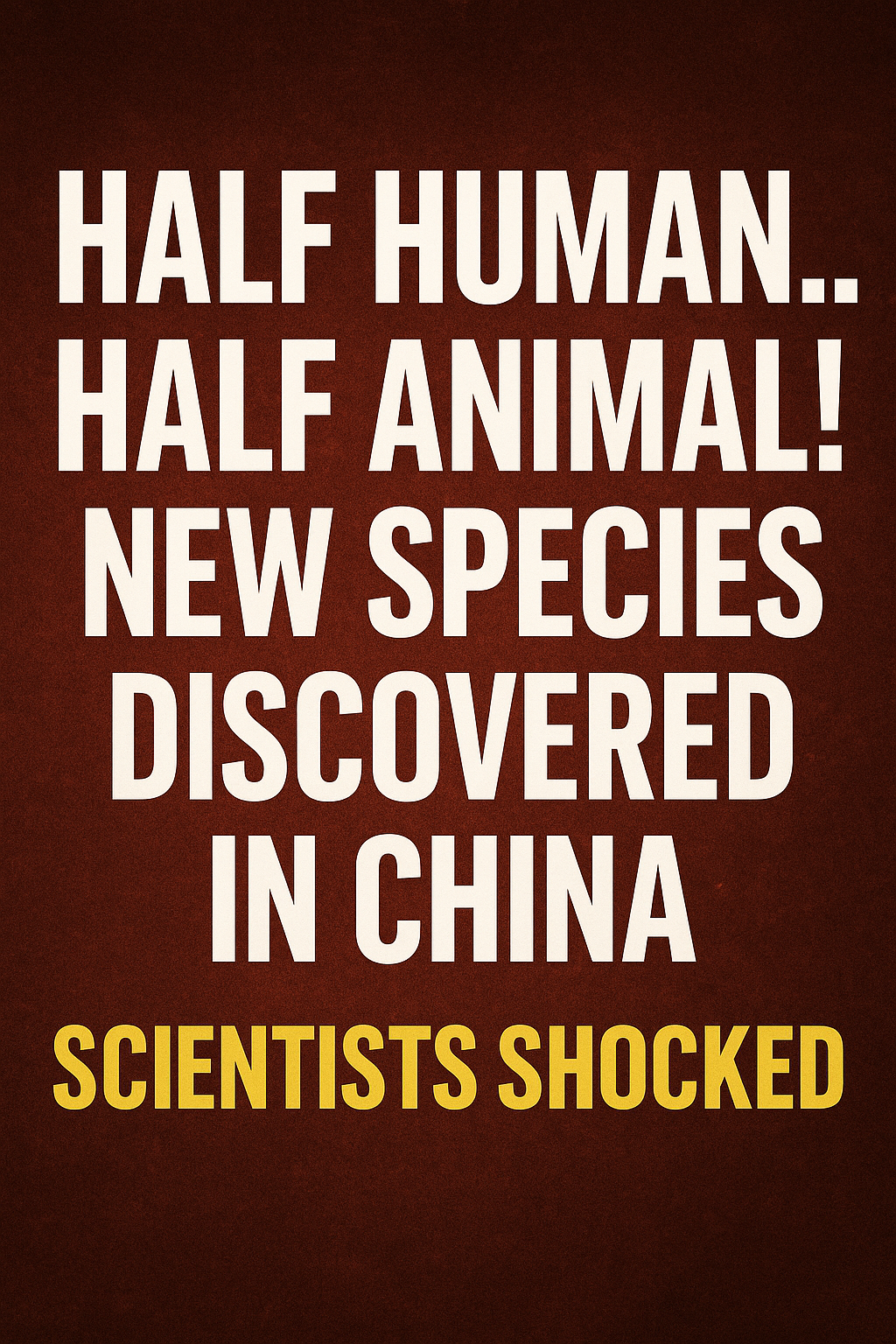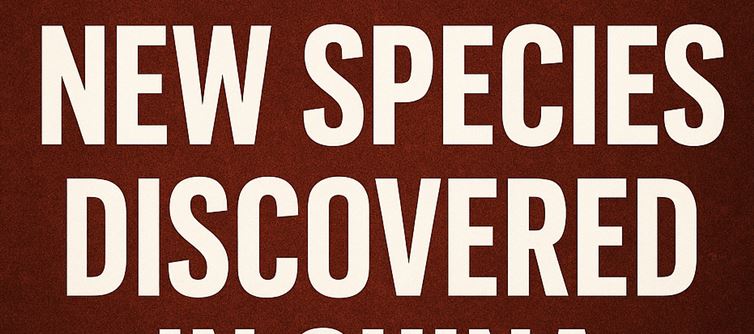In 2006, archaeologists discovered human remains dating back about 300,000 years in the Hualangdong Cave in southeastern China. Recent studies on this seem to be evidence of the existence of a new human species, the researchers say. It is generally said that humans came from monkeys. But we humans did not evolve alone. Some other species also evolved with us. They all died out over time and we are the only ones left as humans. Scientists have proven this through research. But scientists have now said that they have found evidence of the existence of a new species in addition to the species listed above. In an archaeological study conducted in 2006, 16 human skulls and skeletons were found. Scientists who have studied all this for so many days have now examined the teeth of those skulls.

A total of 21 human teeth were found. The studies conducted on this have been published in the 'Journal of Human Evolution'. It states, "The human species belonging to these teeth lived during the 'Middle Pleistocene' period. The 'Middle Pleistocene' period is considered to be the geological period that lasted from about 781,000 years ago to 126,000 years ago. It was during this period that species such as Homo erectus disappeared and species such as Homo heidelbergensis and Neanderthals, the ancestors of modern humans, were discovered.
But these teeth do not match any of the above-mentioned species. They are not like the teeth of other human species. They are unique. That is, the third molars (wisdom teeth) of the 16 human teeth found in the skulls are noticeably smaller. This is a feature that is common in modern humans. We have this because our jaws have shrunk in response to changes in eating habits.
But the roots of the molars were thick and strong. This is what puzzles scientists. This is what happened to ancient humans like Homo erectus, who migrated to Asia about 1.7 million years ago. In that case, it means that one tooth in the same species is like modern humans, and one tooth is like ancient humans. How is this possible?
So, is there a separate human species that we do not know about and have not discovered? The question arises. These discrepancies are not only in the teeth but also in the structure of the jaw and body. Therefore, scientists have intensified their research on this. Researchers have speculated on three reasons why this is possible.
The first reasonThe skeleton found in
china may belong to a new, unrecognized species. Or it may represent a branch closely related to modern humans. It may have evolved in isolation in
east Asia. This lineage split off from the Homo sapiens branch early on. They may have been different from Neanderthals or Denisovans.
The second reasonOr they may have been born through a mixture between early modern humans and the Homo erectus
people who lived in
china for millions of years.
The third reasonThis is a somewhat conservative explanation. That is, the human race that lived here may have evolved independently according to
local environmental conditions. For example,
people living in mountainous areas have larger lungs than those living in flat areas. This is because their bodies have been accustomed to climbing mountains for a long time. It is said that such a change may have happened to this human race.






 click and follow Indiaherald WhatsApp channel
click and follow Indiaherald WhatsApp channel